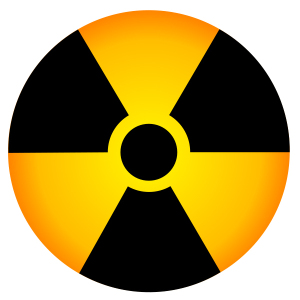Error Leads to CT Radiation Overdose
by
Brendon Nafziger, DOTmed News Associate Editor | October 14, 2009

Overexposure from CT
Cedars-Sinai Medical Center in Los Angeles admitted on Friday to potentially delivering eight times the recommended radiation dose to patients undergoing brain perfusion scans.
The hospital's mea culpa came a day after the FDA issued a warning, saying an unidentified hospital might have overexposed 206 patients to radiation during CT brain scans. The scans, which monitor blood flow to the brain, are used to help diagnose strokes.
According to the FDA's report, for a period lasting almost a year and a half, patients were exposed to 3-to-4 Gy from the scans, while the recommended maximum is only 0.5 Gy.
Cedars-Sinai learned of the error, believed to be caused by a mistake in the programming of a CT scanner, in August, when a patient complained of hair falling out in patches after receiving a CT brain perfusion scan.
In a statement, Cedars-Sinai said as soon as they learned of the possible error, they stopped conducting the scans until the problem could be investigated. They also immediately contacted the California Department of Public Health.
At the same time, Cedars-Sinai got in touch with the patients who are believed to have undergone the brain scans during the 18-month stretch, from February 2008 to August 2009, when the scanner was over-irradiating.
Cedars-Sinai says temporary patchy hair loss and redness of the skin -- the typical side effects of this level of overexposure -- usually appear in the first six weeks after receiving the radiation.
In the statement, Cedars-Sinai claims they have now instituted "double-checks in [our] operations of the scanner and additional equipment protocols to ensure that this does not happen again."
The FDA strikes a more worrisome note. "While this event involved a single kind of diagnostic test at one facility," they say in their alert, "the magnitude of these overdoses and their impact on the affected patients were significant. This situation may reflect more widespread problems with CT quality assurance programs and may not be isolated to this particular facility or this imaging procedure (CT brain perfusion)."
